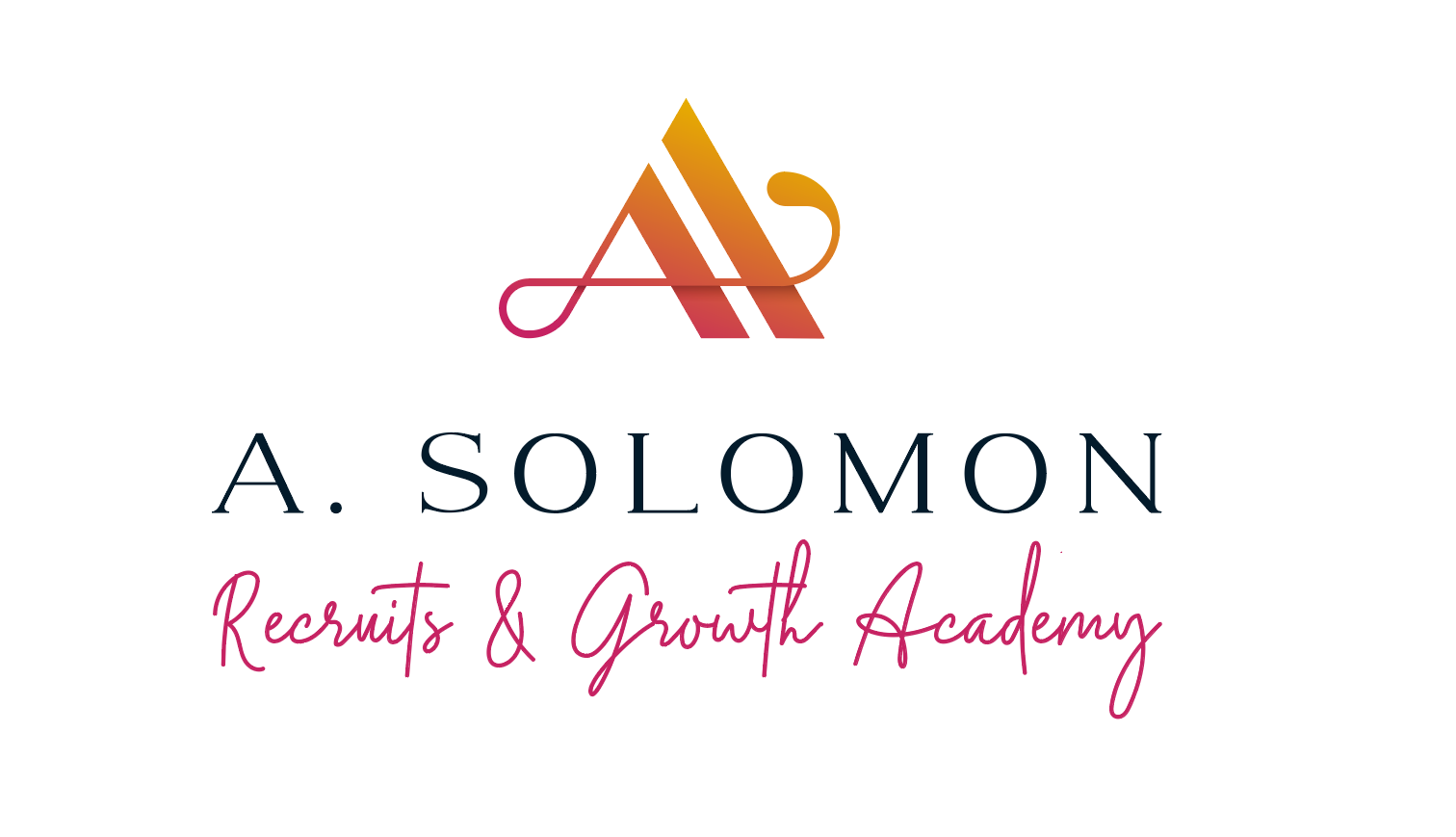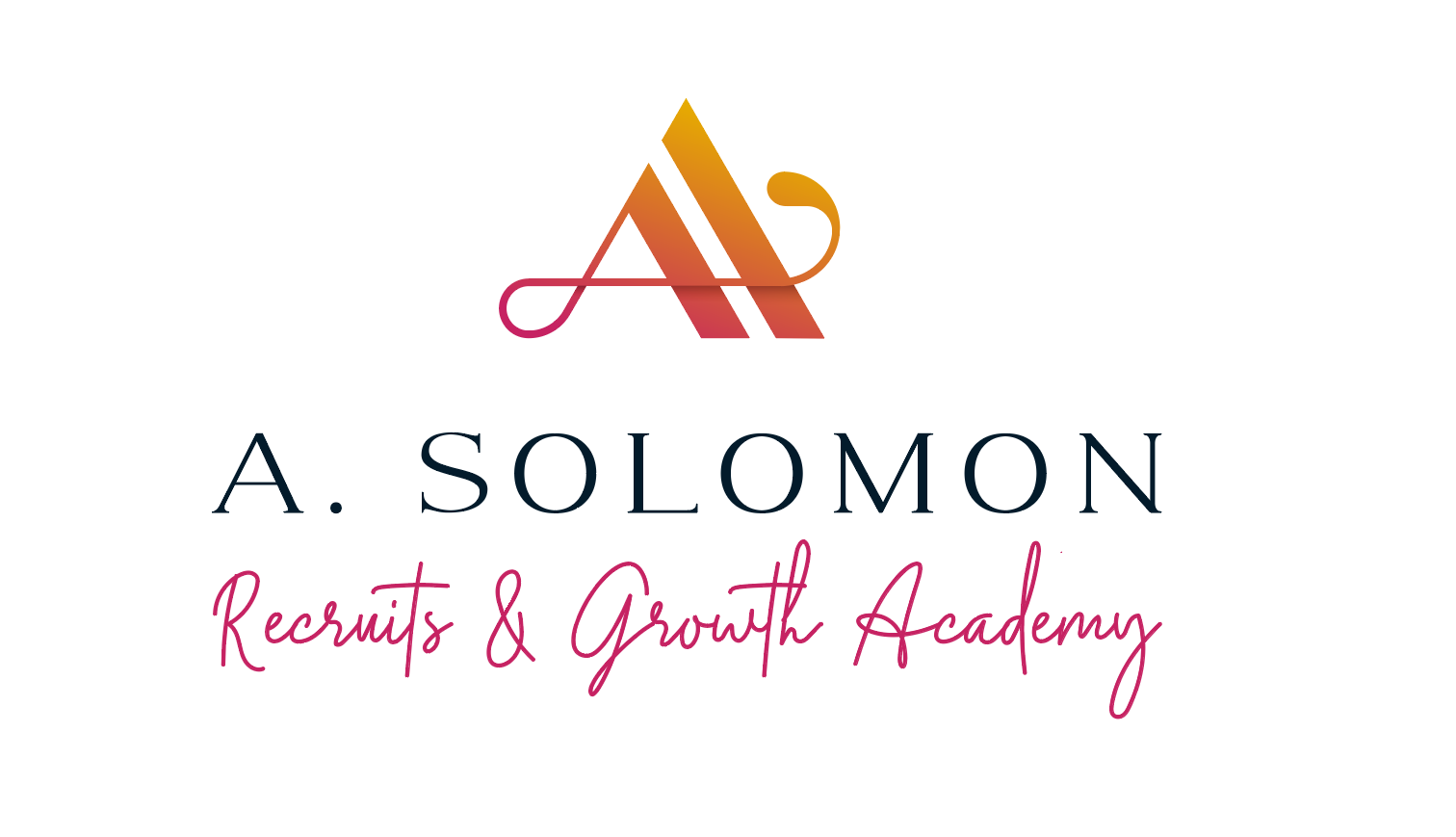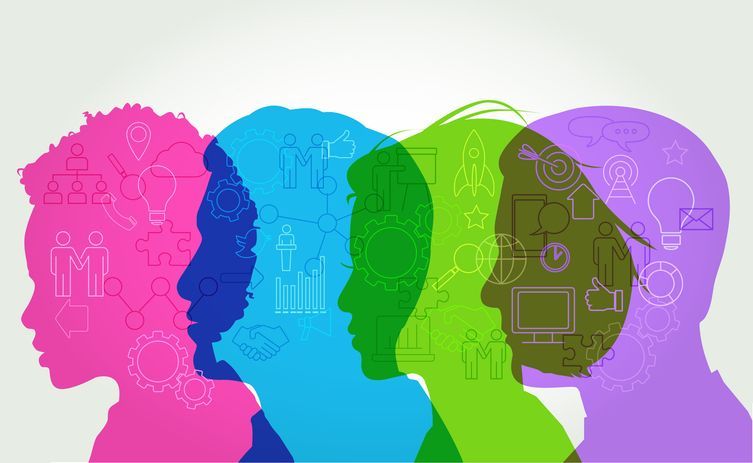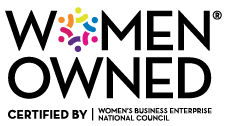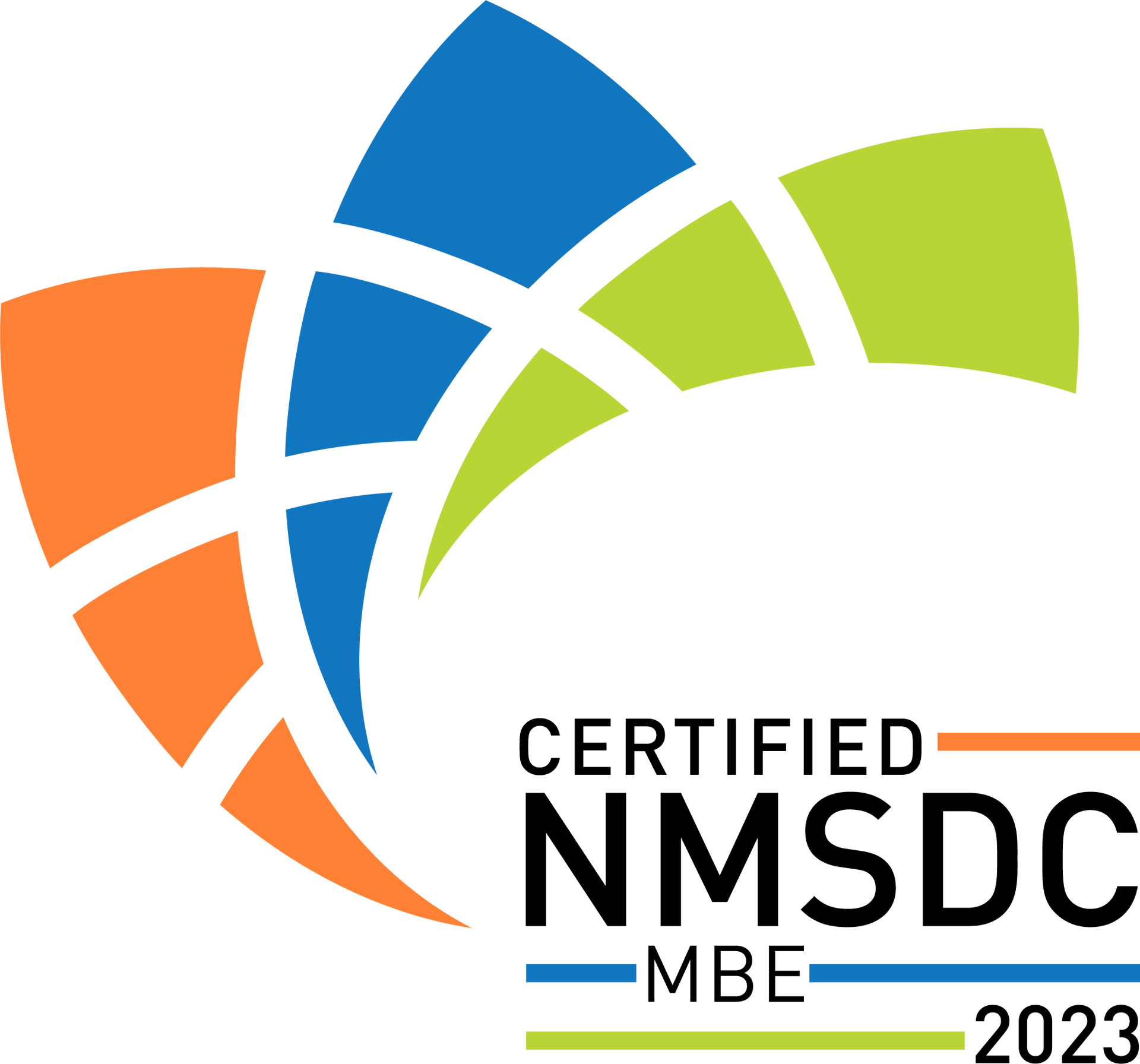Blackface Backlash: Diversity Deficiencies in High End Fashion
This past week’s headlines has plenty of us scratching our heads in more ways than one. In the second week of Black History Month, the headlines show a picture which surfaced of Virginia democratic governor Ralph Northam dressed in Black face next to a person wearing KKK attire. Another headline shows an ever so expensive Gucci turtleneck sweater that is reminiscent of Black face. Prada similarly withdrew a monkey bag charm that resembled blackface this past December. Northam’s situation was made even worse during his press conference last week when he said the black face in the picture wasn’t him but he admitted to wearing black shoe polish (which is hard to take off, he states) to dress as Michael Jackson and would have even moonwalked during this so called “apologetic” press conference if his wife hadn’t stopped him from doing so. This week’s article is about Black face and proof that luxury brands are out of touch with their diverse consumers as shown by the lack of diverse decision makers in the room when creating products and services for its global consumers.
Gucci, is symbolic for their double GG label and wearing it in clothes, shoes or accessories is synonymous with class, elegance and money. The picture of a white female model wearing the turtleneck sweater which retails for $890 shows it going up over the lips with a special opening for the lips in Sambo red (mind you) went viral and created outrage. Gucci immediately pulled the product from its racks and issued a statement shared to Twitter stating: “Gucci deeply apologizes for the offense caused by the wool balaclava jumper. We consider diversity to be a fundamental value to be fully upheld, respected, and at the forefront of every decision we make.” When Prada faced a similar backlash about their product, they said in statement that they “abhor racist imagery” while pulling their monkey in black face charm. These apologetic statements are becoming all too familiar for brands who think their consumers will forget their transgressions and continue purchasing their products. Meanwhile, behind the scenes nothing is being done to uphold their “true commitment to diversity”.
Black Face’s hurtful history won’t just go away. Here is the history on black face: It is synonymous with minstrel shows, where white people put tar on their faces and called themselves mimicking the actions of Black people. Black entertainers were also seen in black face during Vaudeville because their white audiences demanded it. The purpose of these shows and images such as: Mammy, Uncle Tom, Jezebal and the list goes on portrayed African Americans as ignorant, simple minded, child-like, criminal, whore creatures for entertainment purposes and brought in huge audiences and laughter. Our black features were made to look exaggerated, like monkeys and were made into caricatures to point out big eyes, big noses, and huge bright red lips with white outlining. These images were staged throughout history to dehumanize Black people from slavery, through the Jim Crow era and beyond. It justified dehumanization, slavery, lynchings and segregation. Today black face, and more nuanced forms of it in the media, have lead to mass incarceration, police brutality, workplace invisibility, harassment and pay inequity.
Black people make up $1.2 trillion in spending power and yes Gucci, Prada and other brands that issue apologies for their racial ignorance understand this. We drive fashion trends that significantly impact all consumers. “When it comes to African-American consumer spending, there are millions, sometimes billions of dollars in revenue at stake,” said Andrew McCaskill, Senior Vice President, Global Communications and Multicultural Marketing, Nielsen. Many times it us who make new brands household names and traditional brands more hip and edgy, while reenergizing their popularity which equates to more money. The black economic impact is very real and that is why Gucci issued this statement along with their apology: “We are fully committed to increasing the diversity throughout our organization and turning this incident into a powerful learning moment for the Gucci team and beyond.” It is also why Prada also issued a public apology along with Dolce & Gabbana.
There’s a massive campaign brewing to boycott Gucci which is under the umbrella of Kering and which also includes other luxury products such as: St. Laurent, Balcienga, Bottega Veneta, Alexander McQueen, Boucheron etc. along with Prada and Dolce & Gabbana. I myself have decided as a black woman to stand for principle and no longer buy any of these products. Money talks and companies need to understand that their lack of racial sensitivity, historical ignorance and diversity deficiency when making product decisions can have dire consequences. I ask that you too (no matter how you choose to identify racially) stand with me in showing our solidarity and saying no more excuses to brands that do not appreciate or define themselves by the content of their character! Put some conscious minded, diverse people in the room from here on out! No excuses! #RIPGucci #RIPPrada #RIPDolce&Gabbana
I am someone who sees incredible potential and opportunity in places where some people don’t think to look. Minorities and women are still marginalized in the working world. As owner of a diversity staffing boutique, my team and I walk alongside our Clients in creating professional environments that are truly for ALL. I believe in our interconnectedness as a human race and strive every day to use my gifts to empower the workplace invisible and powerless. I rarely bet on certainty and always root for the underdog because after all, those are the best stories to tell.
Hi there! Thanks for reading! Follow Angela Solomon on her social profiles! | LinkedIn: /ASolomonRecruits | Facebook: @ASolomonRecruits | Instagram: @A.SolomonRecruits | Twitter: @AS_Recruits | Pinterest: @AS_Recruits

